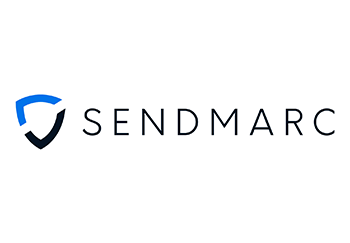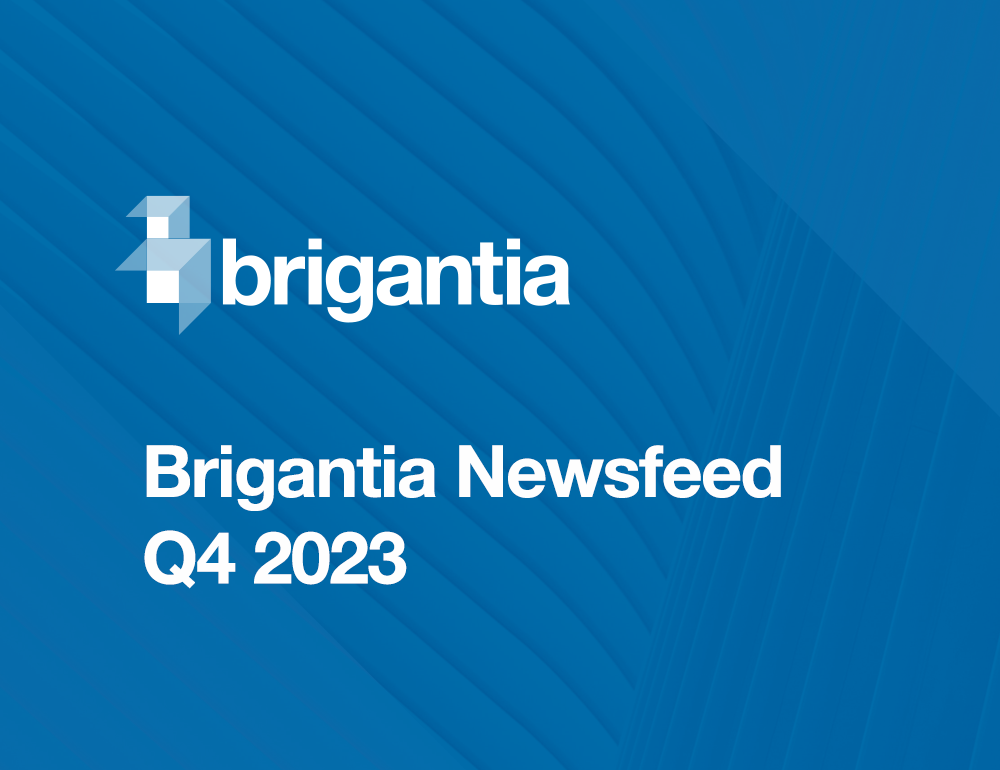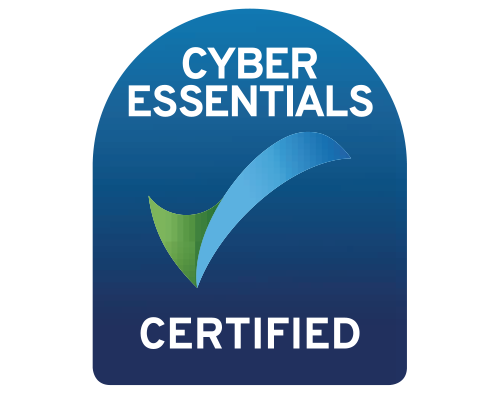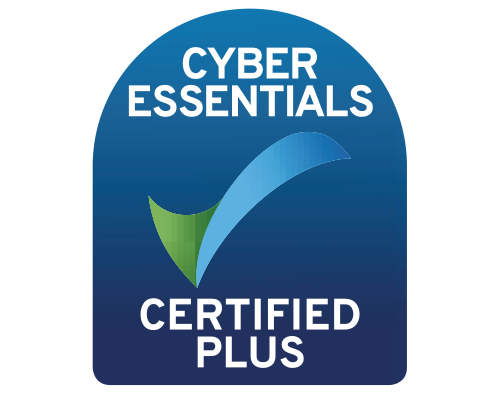Most of us will have heard of the dark web, and perhaps the more daring among us have even travelled across planes.
For the uninitiated, you don’t need to worry about accidentally finding yourself on the dark web. In order to access it, you need to use a specific web browser (like Tor) that allows you to search for non-listed websites. The dark web is full of exactly the kind of material you would expect, including pornographic material, discussions about buying and selling drugs and weapons, and forums and dark markets where stolen credentials are traded.
When an organisation gets breached, sensitive information like PDFs and spreadsheets are stolen, alongside user credentials. These login details are incredibly valuable to threat actors – not only does it give them access to the service that you were using, but they can also see your password. SC Media reported in 2020 that 93% of home workers were reusing their passwords.
Now imagine the impact this has on your organisation. Let’s say for example someone uses the password “RaceCarDriver#44” for their social media profile. On the face of it, this is actually a very strong password – multiple instances of capital letters being used throughout, a special character (not at the end of the password) and 2 numbers. However, if this password is being used everywhere, the moment it has been compromised, someone can use this password to log in to every service, including things like work email which has sensitive business information on.
Whilst this scenario will likely be solved using solutions like a password manager, what if multiple different passwords are being used? How can your business take back control over those credentials and ensure that they aren’t being exploited?
With Trillion's dark web monitoring visibility, an organisation can begin to understand their threat landscape and the remediation steps needed to render stolen data credentials useless to hackers. Data breaches occur on a daily basis, and a simple 'point-in-time' report will not suffice in the long run, which is why Trillion continuously tracks, correlates, and analyses billions of stolen usernames and passwords in search of digital identities. Having constant visibility of stolen credentials available on the dark web is critical to reducing security risk.
The attacks and tools that hackers use are becoming increasingly sophisticated. As an industry, we must combat credential stuffing. While we have only scratched the surface of what is possible, the point is that there is a lot we can do to reduce the likelihood of an attack occurring and to detect it quickly if it does occur.
If you want to learn more, please click the button below to contact us directly.







